Treadmill speed refers to the rate at which the treadmill belt moves, typically measured in miles per hour (mph) or kilometers per hour (km/h). It is a crucial element in any treadmill workout, influencing the intensity, calorie burn, and overall effectiveness of the exercise. Understanding how to navigate and utilize treadmill speed is fundamental for individuals, especially beginners, looking to embark on a fitness journey.
Importance of Choosing the Right Speed for Beginners
Selecting an appropriate treadmill speed is paramount for beginners as it directly impacts the safety, enjoyment, and effectiveness of their workouts. A speed that aligns with one's fitness level and goals ensures a gradual and sustainable progression, reducing the risk of injury and fostering a positive exercise experience. The right speed enables beginners to build a solid foundation, paving the way for long-term fitness success.
This guide aims to provide comprehensive insights into navigating treadmill speed for beginners. It will delve into the various factors influencing speed choices, offer strategies for gradual progression, and emphasize the importance of listening to one's body.
Understanding Treadmill Speed
Treadmill Speed Settings
Treadmills come equipped with a variety of speed settings, allowing users to control the pace of their workouts. These settings often range from a slow walk to a brisk run, providing a spectrum of intensity levels to cater to different fitness goals. Familiarizing oneself with these settings is essential for effectively customizing a workout routine. Beginners should explore and understand how to adjust these settings to suit their comfort and fitness levels.
Units of Measurement (mph, km/h)
Treadmill speed is commonly measured in either miles per hour (mph) or kilometers per hour (km/h). Understanding these units is crucial for accurately gauging the pace of your workout. While mph is more prevalent in the United States and some other countries, km/h is commonly used internationally. Being aware of the unit of measurement on your treadmill ensures clarity in tracking and comparing your speed, whether following a specific workout plan or communicating with fitness professionals.
Relationship between Speed and Intensity
The speed at which you operate a treadmill directly correlates with the intensity of your workout. As you increase your speed, your heart rate elevates, and your muscles engage more intensely. This relationship is integral to tailoring your exercise routine to meet specific fitness objectives.
Understanding how speed influences intensity allows beginners to adjust their workouts accordingly, whether aiming for fat loss, cardiovascular improvement, or endurance development. This connection emphasizes the dynamic nature of treadmill workouts, offering versatility in achieving diverse fitness goals through strategic speed adjustments.

Factors Influencing Treadmill Speed for Beginners
Fitness Level
- Current Fitness
- Assessing one's current fitness level is the foundational step in determining an appropriate treadmill speed. Beginners should honestly evaluate their endurance, cardiovascular health, and overall physical condition.
- Recognizing individual strengths and limitations provides a baseline for setting realistic speed goals.
- Setting Realistic Goals
- Establishing achievable and progressive speed goals is essential for beginners. Unrealistic expectations may lead to frustration or even injury.
- Goal-setting should align with individual fitness aspirations, considering factors such as weight loss, cardiovascular health, or general well-being.
Health Considerations
- Impact on Joints and Injuries
- Treadmill speed can have a significant impact on joints, especially for beginners. Factors such as body weight, footwear, and running form contribute to the stress on joints.
- Choosing a speed that minimizes impact helps reduce the risk of injuries, particularly to the knees, ankles, and hips.
- Consulting with a Healthcare Professional
- Before starting any treadmill exercise regimen, beginners with pre-existing health conditions or concerns should consult with a healthcare professional.
- Medical guidance ensures that treadmill use is safe and aligns with individual health needs, preventing potential complications during workouts.
Starting Slow
Benefits of Starting with a Slow Pace
- Reduced Injury Risk
- Initiating a treadmill routine at a slow pace minimizes the risk of injury, allowing the body to adapt to the new physical activity gradually.
- Lower speeds place less stress on joints and muscles, reducing the likelihood of strains or overuse injuries.
- Establishing a Foundation
- Starting slow provides beginners with the opportunity to develop a solid foundation of cardiovascular fitness and endurance.
- It allows the body to adapt to the increased demands of exercise, fostering long-term adherence to a fitness routine.
- Improved Form and Technique
- Beginning at a slower pace enables individuals to focus on proper form and technique.
- By mastering the fundamentals at a comfortable speed, beginners can build a strong foundation for more challenging workouts in the future.
Walking as a Beginner's Choice
- Low Impact
- Walking is a low-impact exercise that is gentle on the joints, making it an ideal choice for beginners.
- It reduces the stress on the knees, hips, and ankles, making it accessible to individuals with varying fitness levels.
- Easy to Modify
- The simplicity of walking allows beginners to easily modify their pace to match their comfort and fitness levels.
- Walking can be adapted to accommodate individual goals, whether it's for weight loss, cardiovascular health, or general well-being.

Gradual Increase in Speed
- Progressive Challenge
- Gradually increasing treadmill speed provides a progressive challenge for the body, promoting continuous improvement.
- Incremental speed adjustments allow beginners to adapt to higher intensities over time without overwhelming the body.
- Enhanced Endurance
- Incremental speed increases contribute to improved cardiovascular endurance.
- As beginners become more accustomed to the treadmill, they can progressively push their limits, building stamina and endurance.
- Monitoring Comfort Levels
- Gradual speed increments allow beginners to monitor their comfort levels and adjust accordingly.
- This approach encourages a positive exercise experience, helping individuals find a balance between challenge and comfort.
Starting slow, particularly with walking, and gradually increasing speed sets the stage for a successful and sustainable fitness journey for beginners. This method prioritizes safety, reduces injury risks, and allows individuals to build the necessary foundation for more challenging workouts in the future.
Progression Strategies During Running
Incremental Speed Increases
- Gradual Progression
- Incremental speed increases involve slowly elevating the pace during a running session.
- This strategy allows runners to push their limits gradually, promoting continuous improvement without risking overexertion.
- Monitoring Endurance
- Incremental speed increases help in monitoring and improving overall endurance.
- As runners adjust to higher speeds, they enhance cardiovascular fitness, stamina, and the ability to sustain faster paces.
Intervals and Varied Pace
- High-Intensity Intervals (HIIT)
- Incorporating intervals involves alternating between periods of high and low-intensity running.
- HIIT enhances cardiovascular conditioning, boosts calorie burn, and contributes to improved speed and endurance.
- Avoiding Monotony
- Varied pace adds an element of excitement to running routines, preventing monotony.
- Mixing sprints, jogs, and recovery periods challenges different energy systems, contributing to a more well-rounded and engaging workout.
Incorporating Incline for Added Challenge
- Engaging Muscles Differently
- Adding incline simulates uphill running, engaging different muscle groups and intensifying the workout.
- It challenges the calves, quads, and glutes, contributing to improved strength and endurance.
- Calorie Burn and Cardiovascular Benefits
- Running on an incline increases the overall calorie burn and elevates heart rate, providing additional cardiovascular benefits.
- It offers a more comprehensive workout, targeting various aspects of physical fitness.
- Progressive Incline
- Gradually increasing the incline over time adds a progressive challenge.
- This approach allows runners to adapt to steeper grades as their strength and fitness levels improve.
Personalizing Your Treadmill Speed Routine
Setting Personal Goals
- Identifying Objectives
- Begin by defining personal fitness objectives, such as weight loss, cardiovascular health, or endurance improvement.
- Clear goals provide direction and purpose for tailoring treadmill speed routines.
- Establishing Realistic Targets
- Set achievable and realistic speed goals aligned with individual fitness levels.
- Personalized goals help maintain motivation and allow for a sense of accomplishment as milestones are reached.
Experimenting with Different Speeds
- Discovering Comfort Zones
- Experiment with a range of speeds to identify comfortable and challenging paces.
- Understanding personal comfort zones helps in designing a routine that balances effort and enjoyment.
- Variability in Workouts
- Incorporate variety by experimenting with different speeds within a single workout.
- This variability keeps the routine engaging and challenges the body in various ways.
- Listening to Body Signals
- Pay attention to how the body responds to different speeds.
- Experimentation allows for a better understanding of individual limits and preferences, helping to tailor future workouts accordingly.
Tailoring Speed to Specific Workouts (e.g., Walking, Jogging, Running)
- Walking Speeds
- Choose a comfortable walking pace for warm-ups, cool-downs, or low-intensity sessions.
- Tailor the speed to maintain an elevated heart rate without causing fatigue.
- Jogging Speeds
- Adjust the treadmill speed to a light jog for cardiovascular benefits and a moderate-intensity workout.
- Tailor jogging speeds to challenge endurance and gradually progress from walking.
- Running Speeds
- Increase speed for running to challenge cardiovascular fitness and build endurance.
- Customize running speeds based on personal capabilities, gradually pushing towards faster paces as fitness improves.
- Interval Training
- Incorporate varied speeds during interval training to promote both endurance and speed.
- Customize intervals based on personal preferences and fitness goals.

Beginner Treadmill Speed Workout Simulation
Note: Before starting any exercise routine, it's important to consult with a healthcare professional, especially for beginners or those with pre-existing health conditions.
Warm-up (5 minutes)
- Start with a brisk walk at a comfortable pace (around 2.5 mph or 4 km/h).
- Gradually increase speed to a moderate walk (3 mph or 4.8 km/h) in the last 2 minutes.
- Perform light dynamic stretches during the warm-up to prepare muscles.
Workout Phase 1: Building Endurance (10 minutes)
- Segment 1 (2 minutes):
Maintain a brisk walk (3 mph or 4.8 km/h).
- Segment 2 (3 minutes):
Increase speed to a light jog (4 mph or 6.4 km/h).
Focus on smooth transitions and controlled breathing.
- Segment 3 (2 minutes):
Return to a brisk walk (3.5 mph or 5.6 km/h).
Focus on recovery and catching your breath.
- Segment 4 (3 minutes):
Increase speed to a light jog (4.2 mph or 6.8 km/h).
Pay attention to form and comfort.
Workout Phase 2: Intervals (8 minutes)
- Segment 1 (1 minute):
Increase speed to a moderate run (5 mph or 8 km/h).
- Segment 2 (1 minute):
Return to a brisk walk (3.5 mph or 5.6 km/h).
Focus on recovery and controlled breathing.
- Segment 3 (1.5 minutes):
Repeat the moderate run (5 mph or 8 km/h).
- Segment 4 (1.5 minutes):
Return to a brisk walk (3.5 mph or 5.6 km/h).
- Repeat Segments 1-4 for a total of 2 rounds.
Cool-down (5 minutes)
Gradually reduce speed to a slow walk (2.5 mph or 4 km/h).
Incorporate static stretches targeting major muscle groups.
Focus on deep breathing and relaxing into each stretch.
Notes:
Listen to Your Body: If at any point you feel discomfort or excessive fatigue, slow down or return to a brisk walk.
Hydration: Stay hydrated throughout the workout, taking small sips of water during rest intervals.
Progression: As you become more comfortable, gradually increase the duration of jogging intervals or slightly raise the overall pace in future sessions.
This simulated workout is designed to introduce beginners to different speeds, building endurance and incorporating interval training. Adjust the speeds based on your comfort level, and feel free to modify the workout to better suit your individual needs and preferences.
Conclusion
Embarking on a treadmill journey as a beginner is a commendable step towards improved fitness and well-being.
In closing, the journey on the treadmill is not just about speed; it's about finding a sustainable rhythm that promotes health, well-being, and long-term commitment. Remember to listen to your body, celebrate small victories, and embrace the evolving nature of your fitness routine. Whether you're walking, jogging, or running, the treadmill can be a powerful tool on your path to a healthier, more active lifestyle. May your strides be purposeful, your pace be personalized, and your fitness journey be both fulfilling and enduring.




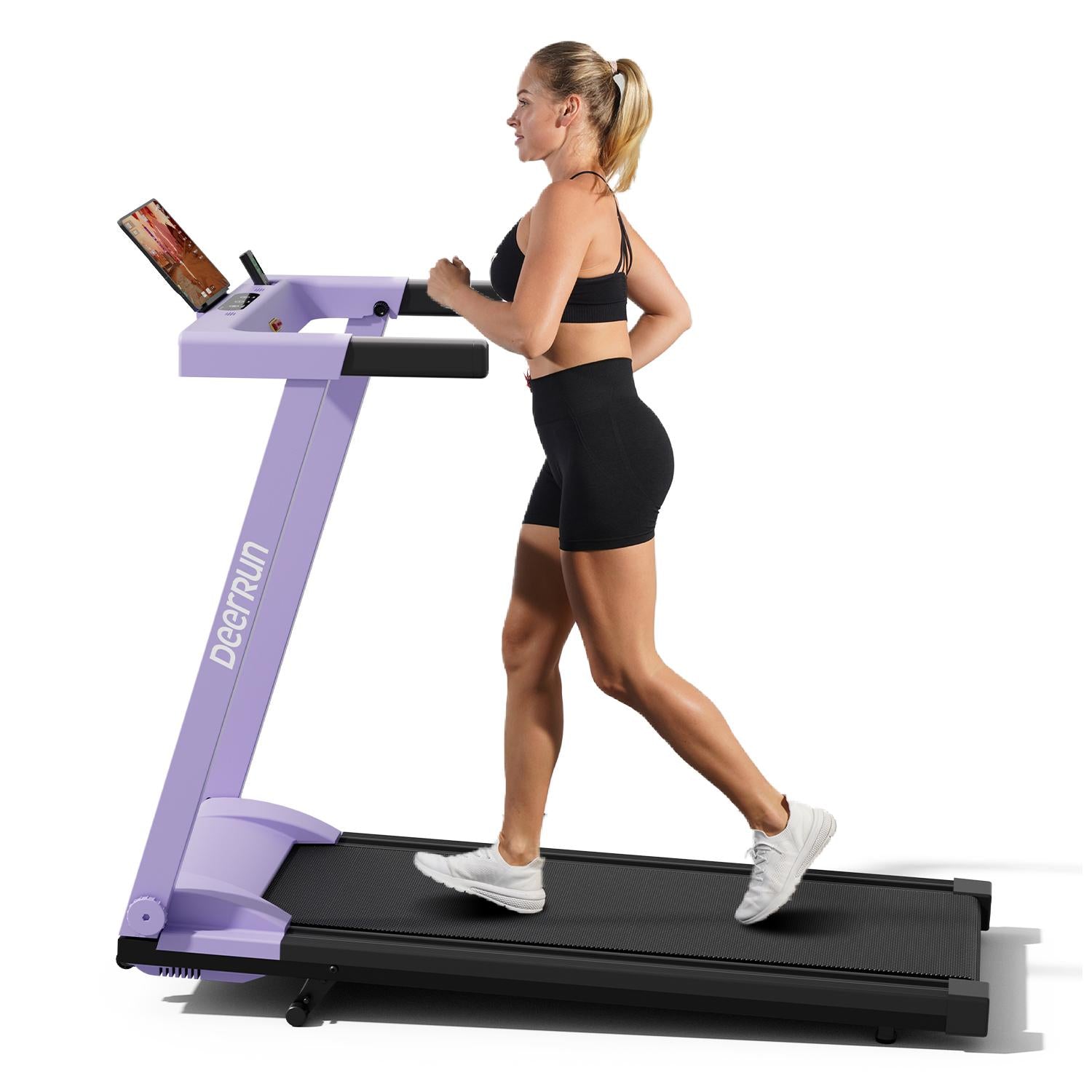

















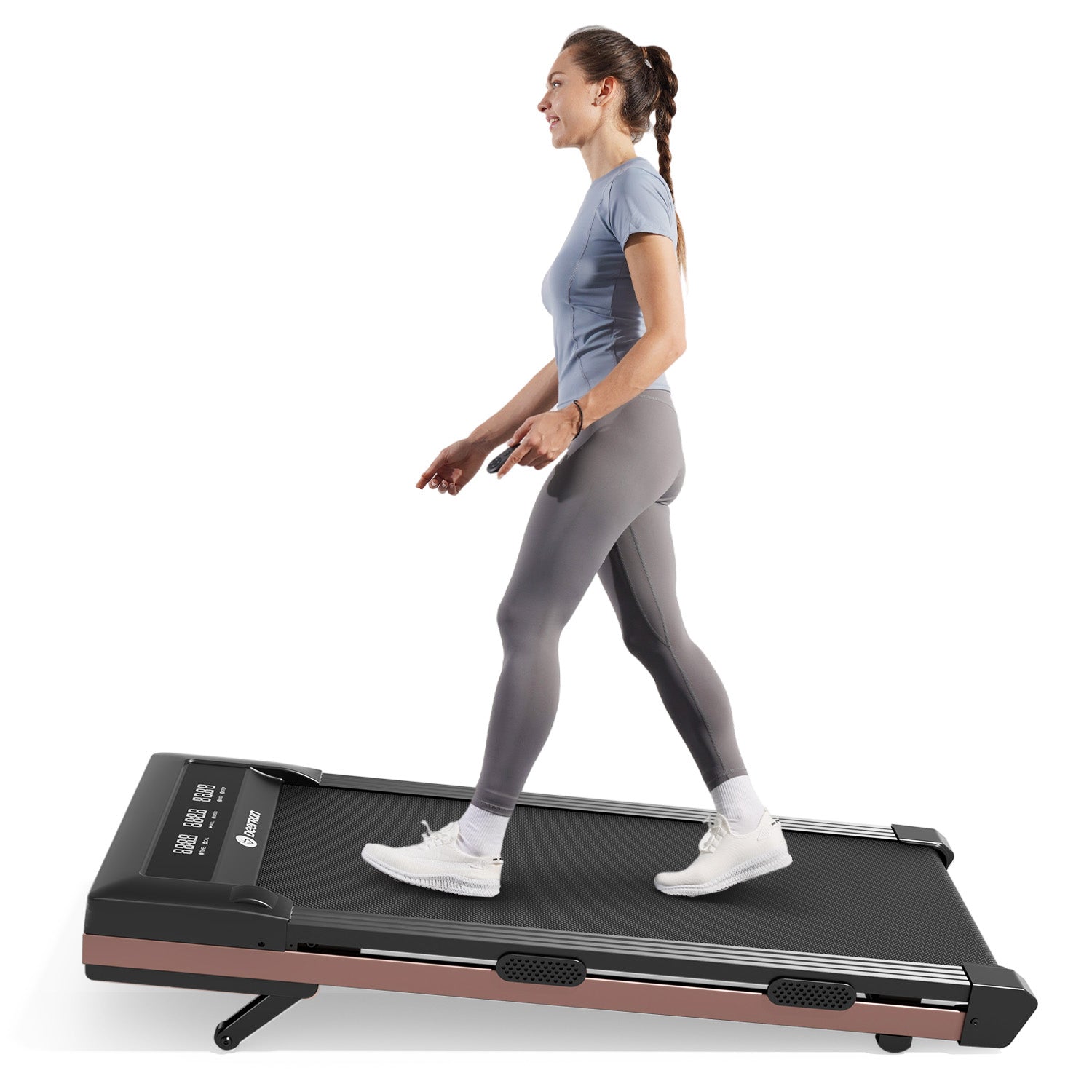

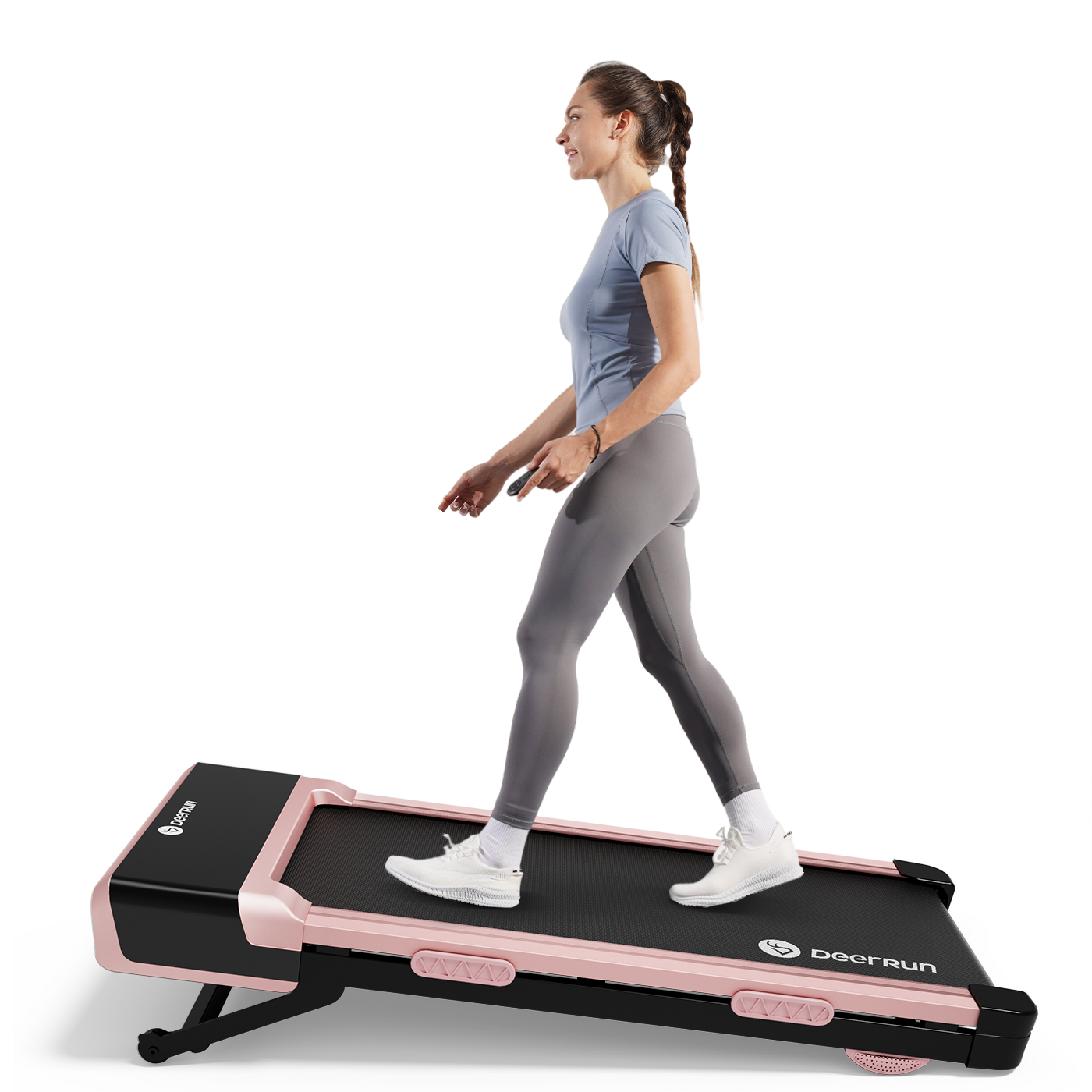
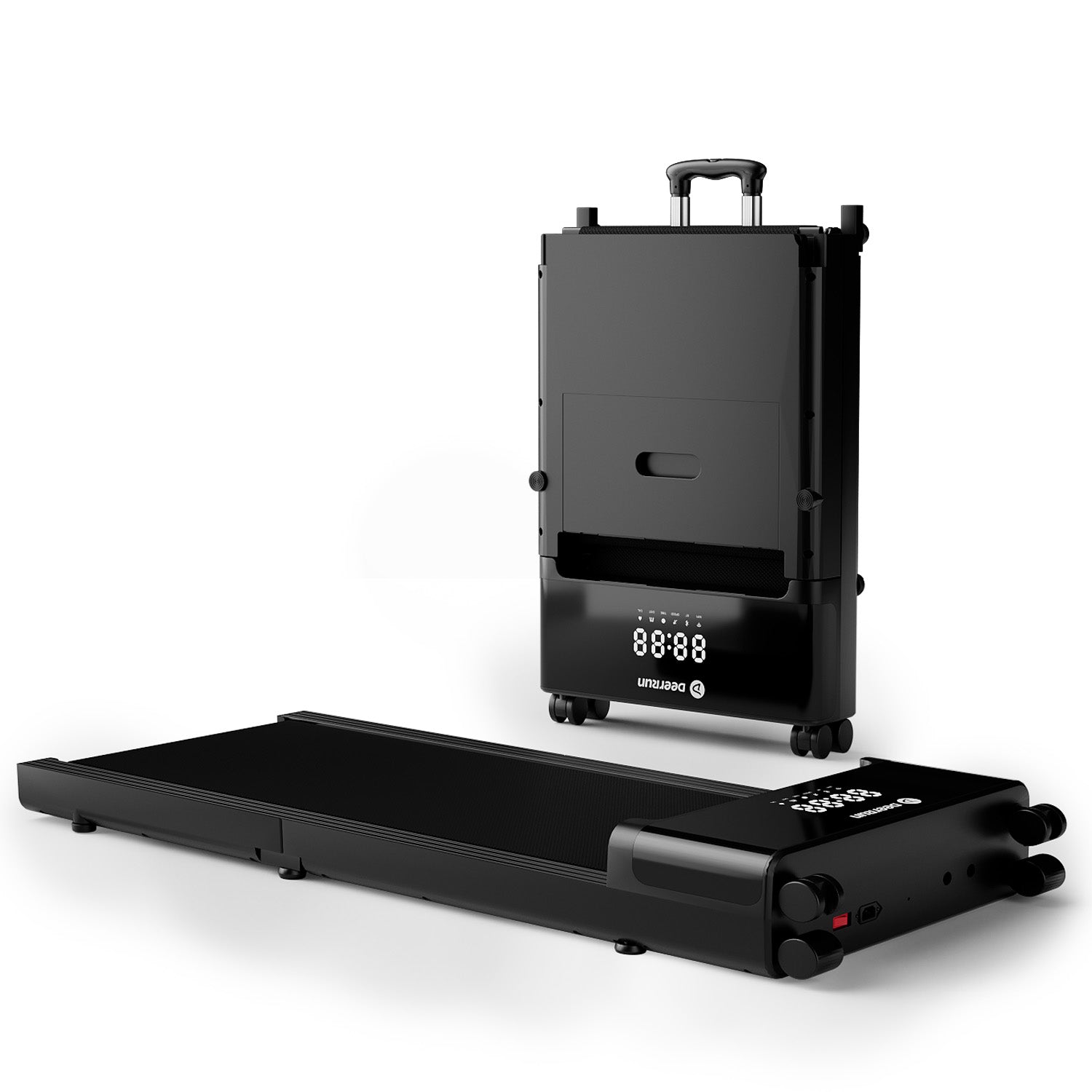

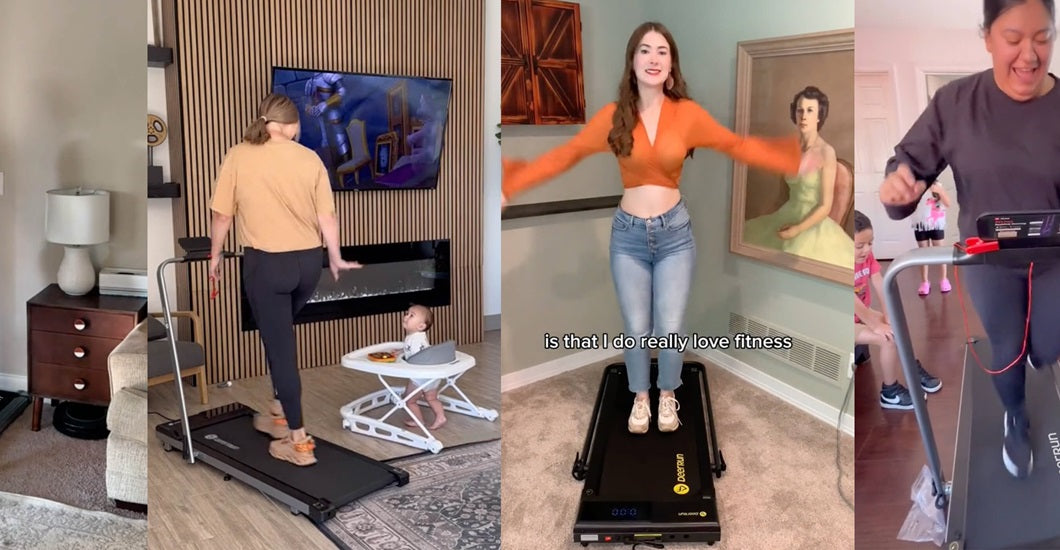
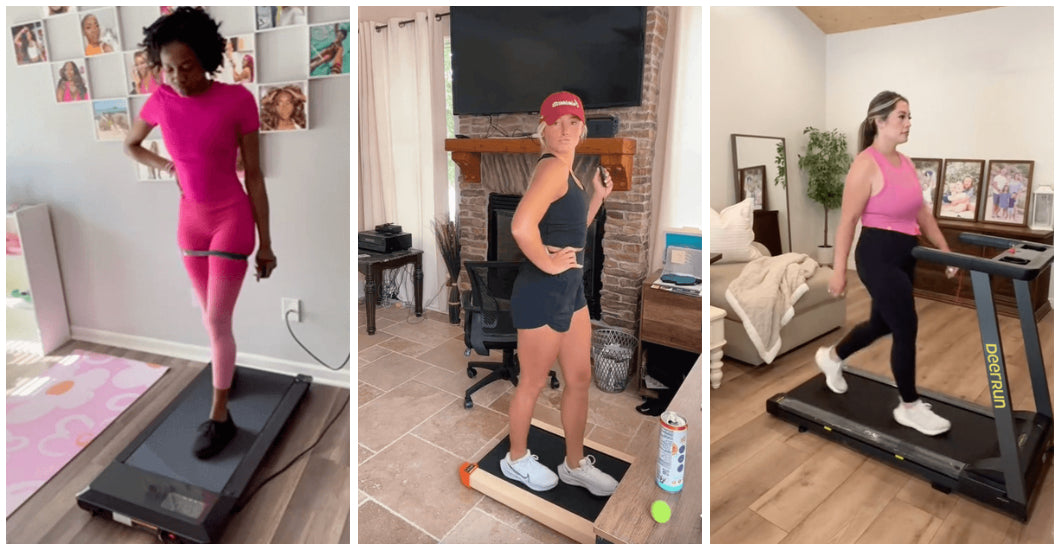

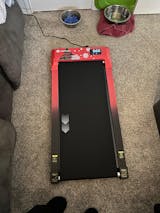
1 comment
Jennette
Does the treadmill automatic go to 12 percent incline?? Do you adjust to the incline yourself? I want an treadmill to stay flat for walking only..
Thank you
Leave a comment
All comments are moderated before being published.
This site is protected by hCaptcha and the hCaptcha Privacy Policy and Terms of Service apply.